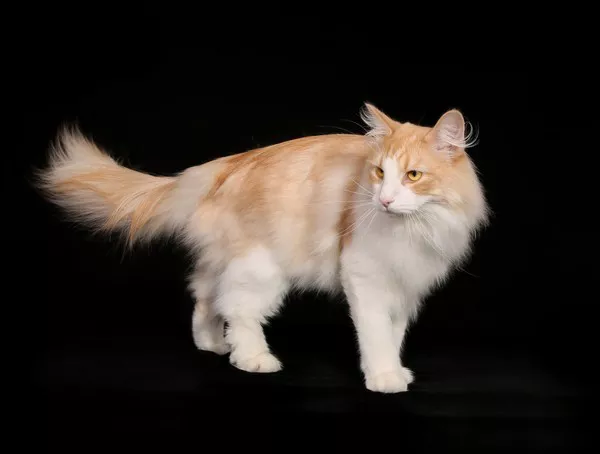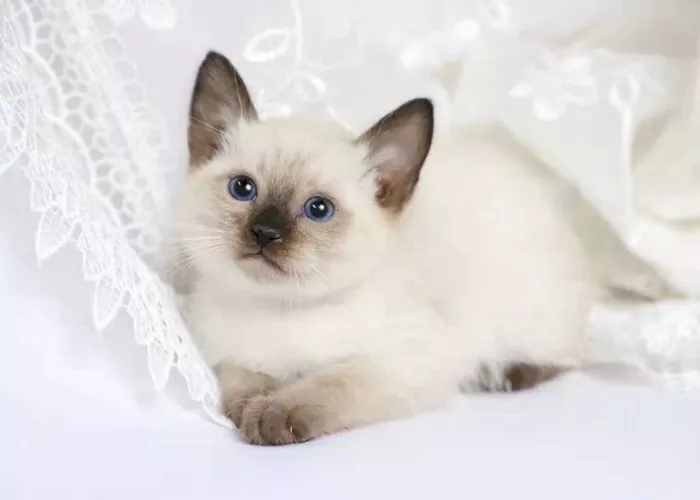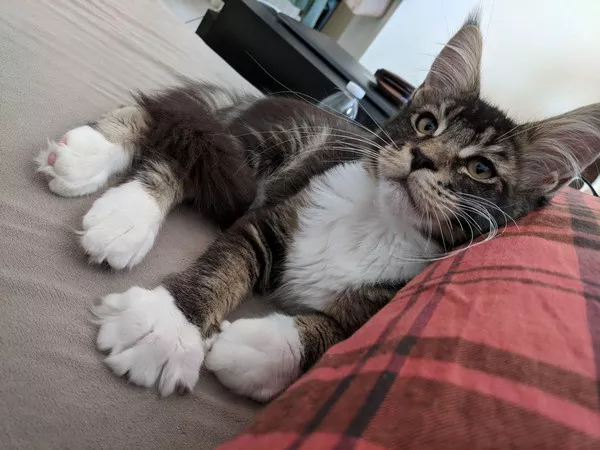Cat grooming, often associated with the image of a content feline being pampered, goes beyond mere aesthetics. The practice of grooming holds a myriad of benefits that contribute to the overall well-being of your beloved cat. In this in-depth exploration, we unravel the seven great advantages of cat grooming, shedding light on the physical, mental, and emotional perks that this ritual brings to the elegant world of feline companionship.
1. Maintaining a Lustrous Coat
Grooming plays a pivotal role in maintaining the health and sheen of your cat’s coat. Regular brushing helps distribute natural oils, preventing matting and tangling of fur. A glossy, well-maintained coat not only enhances your cat’s aesthetic appeal but also serves as an external indicator of their internal health.
Tip: Choose a cat brush suitable for your cat’s coat type—short, long, or medium. Brushing frequency may vary based on your cat’s breed and individual grooming needs.
2. Preventing Hairballs
Cats are meticulous groomers by nature, and during self-grooming, they ingest loose fur. This can lead to the formation of hairballs in the digestive tract. Regular grooming, particularly through brushing, helps remove loose hair before it becomes ingested, reducing the likelihood of hairballs.
Tip: Use a cat brush with fine bristles to capture loose hair effectively. Consider incorporating hairball control cat food into your cat’s diet under veterinary guidance.
3. Early Detection of Skin Issues
Cat grooming sessions offer an opportunity for owners to inspect their feline companions for any signs of skin issues. Skin abnormalities, such as lumps, bumps, redness, or parasites, can be detected early through thorough grooming. Early intervention ensures prompt veterinary attention, addressing potential dermatological concerns.
Tip: Pay attention to your cat’s skin texture and check for any changes during grooming sessions. Consult your veterinarian if you notice any abnormalities.
4. Enhancing Bonding
Grooming provides a unique avenue for bonding between cats and their owners. The tactile experience of grooming, coupled with gentle interaction, fosters a sense of trust and companionship. Many cats come to enjoy the grooming process, associating it with positive attention and care.
Tip: Gradually introduce grooming activities to kittens to acclimate them to the experience. Use treats and praise to create positive associations.
5. Stimulating Blood Circulation
The act of brushing during grooming stimulates blood circulation in your cat’s skin. Improved circulation contributes to the health of hair follicles and skin cells. Additionally, the gentle massage effect of grooming promotes relaxation and may alleviate stress in some cats.
Tip: Use a soft-bristled brush to provide a comfortable massage during grooming. Be gentle, especially in sensitive areas.
6. Monitoring Claw Health
Regular cat grooming includes attention to claw maintenance. While cats often naturally wear down their claws through scratching, occasional trimming may be necessary to prevent overgrowth. Overgrown claws can lead to discomfort, difficulty walking, or, in extreme cases, ingrown nails.
Tip: Invest in cat-friendly nail clippers and learn the proper technique for trimming cat claws. If unsure, consult your veterinarian or a professional groomer.
7. Reducing Shedding
Cat grooming, particularly brushing, helps manage shedding by removing loose fur before it scatters around your home. This is particularly beneficial for individuals with cat allergies, as reduced shedding minimizes the presence of allergens in the environment. Additionally, a well-groomed cat contributes to a cleaner and more comfortable living space.
Tip: Establish a consistent grooming routine to manage shedding effectively. Consider using a deshedding tool to capture loose fur.
See Also: Can I Bathe My Cat Every Day? Exploring Ideal Bathing Frequency!
Establishing a Positive Grooming Routine: Tips for Success
Creating a positive grooming experience for your cat involves gradual introduction, patience, and positive reinforcement. Here are some tips to ensure successful grooming sessions:
Start Early:
Introduce grooming activities, such as brushing and nail trimming, to kittens early to acclimate them to the process.
Use Positive Reinforcement:
Reward your cat with treats, praise, or playtime during and after grooming sessions to create positive associations.
Be Gentle and Patient:
Approach grooming with gentleness, especially in sensitive areas. If your cat shows signs of stress, take breaks and resume when they are more relaxed.
Choose the Right Tools:
Select grooming tools appropriate for your cat’s coat type and grooming needs. Consult with groomers or veterinarians for guidance.
Establish Consistency:
Maintain a regular grooming schedule to keep your cat’s coat and overall health in optimal condition.
In Conclusion
Cat grooming transcends the cosmetic, embodying a holistic approach to feline care. From the sleekness of a well-brushed coat to the prevention of hairballs and the strengthening of the human-feline bond, grooming plays a central role in the well-being and happiness of your cherished cat.
As you embark on the journey of cat grooming, savor the moments of connection and care. Each grooming session becomes a celebration of elegance and companionship, creating a harmonious environment where your feline friend thrives physically, mentally, and emotionally.

























